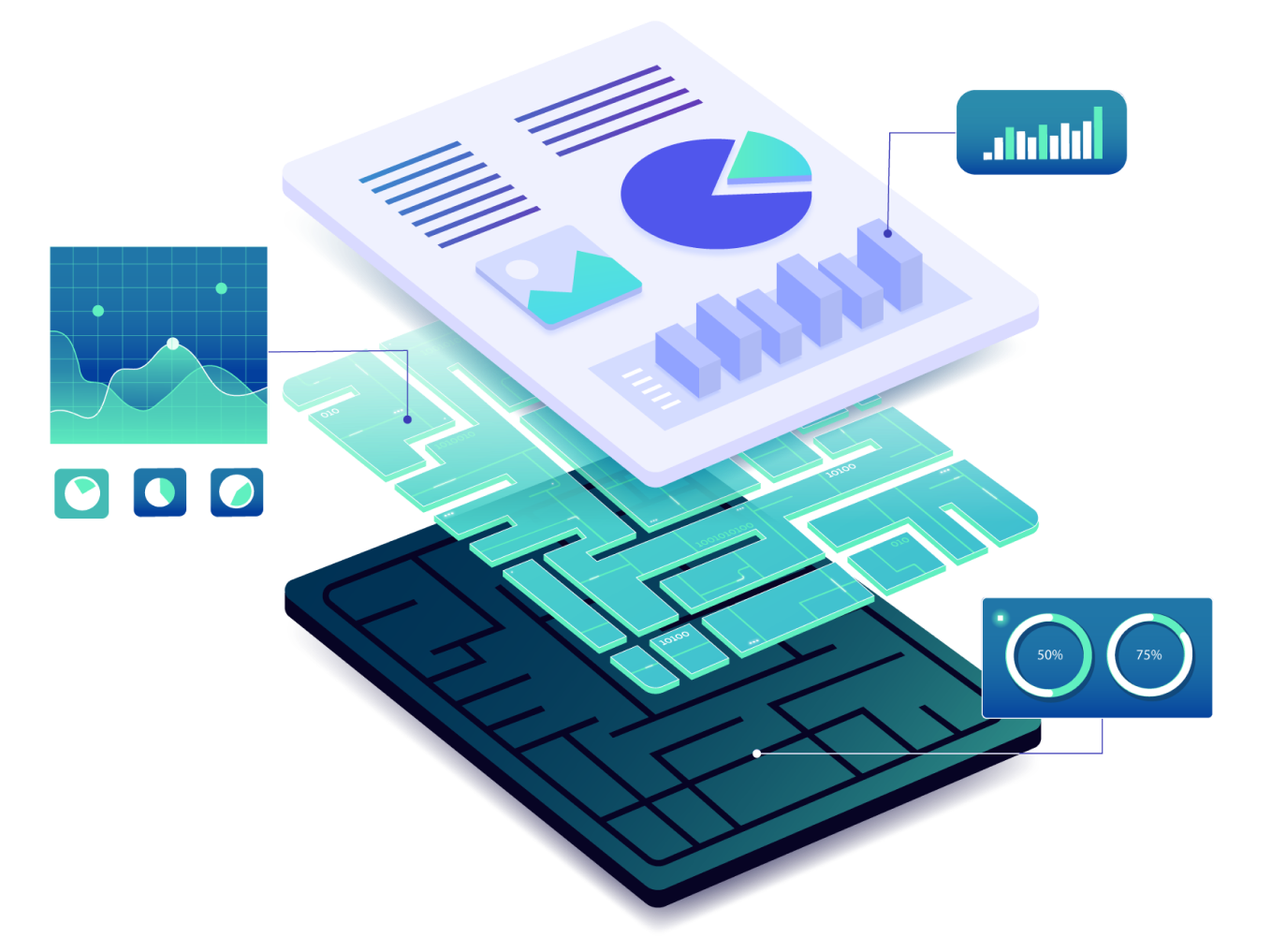Glasswall – Content Disarm and Reconstruction
The Glasswall CDR filter instantly cleans and rebuild files to match their known good manufacturer’s specification, stripping away anything that doesn’t conform. This proactive approach automatically removes malware and exploits from files.
The CDR filter operates through four key processes:
- Inspect: Most files entering organisations do not comply with their file specification. The CDR-filter inspects every incoming file’s structure at the byte level and conducts thousands of conformance checks, identifying any deviation from the file’s standard structure, as determined by its manufacturer (e.g., 3,500 checks for .pdf, 7,446 for .xlsx and 4,279 .docx).
- Rebuild: Where there are deviations, The CDR-filter remediates the file, eliminating any possible structural threat, the rebuilt file now matches it’s known good manufacturer’s standard.
- Clean: Non-structural threats in Active Content (e.g., Macros, JavaScript, embedded files, URLs and metadata) are neutralised by the sanitisation function in the CDR-filter. Sanitisation is set and refined through policy management.
- Deliver: Upon completion of the process, the user receives a safe, identical file in its original format. The clean, threat-free file is compliant, standardised and free of risky Active Content, reducing risk while maintaining operational continuity.
This four-step process is completed in milliseconds, generating a new, structurally compliant and safe file that meets management policy without impacting or changing the content in any way whatsoever.
The CDR-filter does not require any ongoing patching or updates.
Read more at:
https://www.glasswall.com/blog/military-grade-usb-protection-how-hunna-and-glasswall-secure-data-in-the-field
